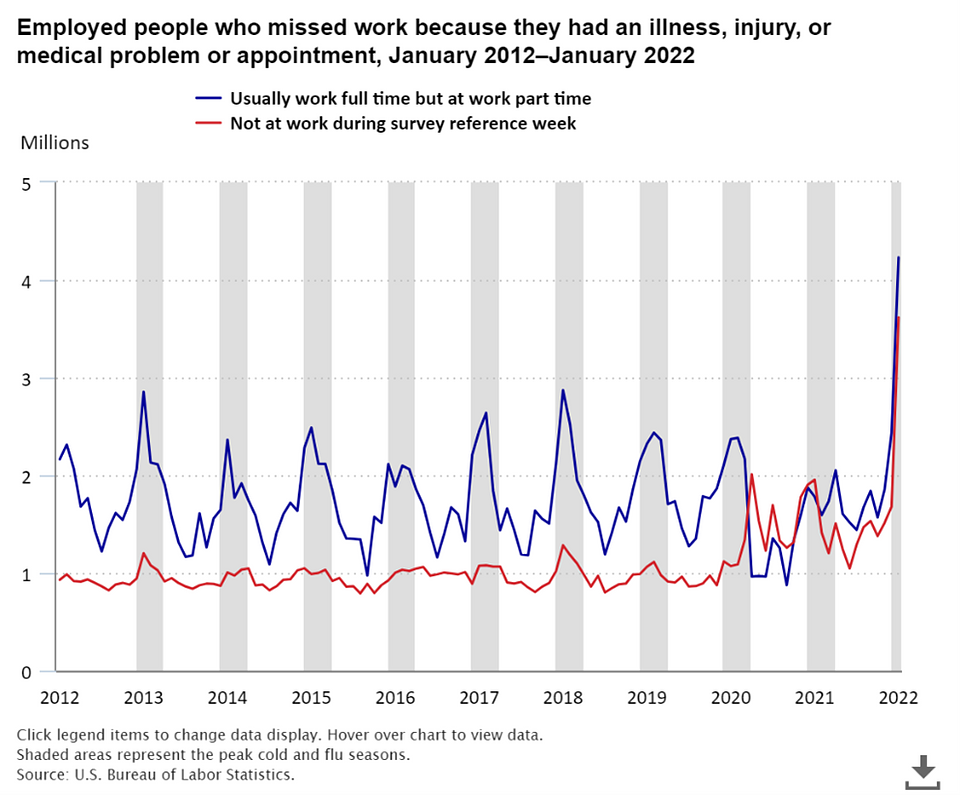RAIsonance has released its Fall 2023 Workforce Wellness Risk Forecast Report, offering evidence-based insights into potential health risks for the upcoming season, aiding employers in preparing for and mitigating productivity disruptions from contagious illnesses in the US, Canada, and UK.
"Working in conjunction with one of the most talented biorisk experts in the world, we've devised a critical tool to help employers get a glimpse into the multi-faceted illness environment we may be facing this fall and winter. We believe employers of all sizes need an evidence-based way to anticipate biorisks that can threaten their employees’ health, and their companies' productivity and profitability"
said Kitty Kolding, CEO and Founder of RAIsonance, Inc.
“To support our enterprise clients, we watch these increasing workforce wellness threat indicators very closely,” said Kris Hopkins, Chief Product Officer at RAIsonance. “Our enterprise wellness tracking solution, FCV Sentinel, is expressly designed to mitigate these kinds of threats to productivity, to help employers work through these fluid and challenging conditions.”

Key Insights from the Fall 2023 Workforce Wellness Risk Forecast Report
- The report notes the emergence of a new sub-lineage of Omicron, EG.5.1, which will drive a new wave of Covid-19 infections. This wave began at the start of August and will likely peak in early to mid-September in both the US, Canada, and the UK, with different spikes in different markets. The wave will be similar in magnitude to the 2022 – 2023 winter waves experienced in North America and the UK.
- In addition, a 2nd generation sub-lineage of BA.2 known as BA.2.86 has been detected in Denmark, London, USA, and Israel. While case numbers are currently very small, the large number of mutations present in this sub-lineage and the fact it has been detected in four distinct geographic locations raise the possibility that this sub-lineage may cause a new global wave of infections.
- Increased levels of ill-health from a combination of Influenza, RSV, COVID-19, Group A Strep, Adenovirus and a handful of other infectious diseases will increase levels of staff absences.
- Severe cases of Long Covid (LC) will continue to accumulate, creating a new group of individuals who are physically unable to work.
- Neurocognitive dysfunction (“Brain Fog”) will adversely affect the job performance of approximately 25% of those individuals who are infected with SARS-CoV-2. Brain fog can last for several weeks after all other symptoms of acute COVID -19 illness resolve, and thus will negatively impact individual productivity long after an individual returns to work after a COVID -19 absence.
- These workforce shortages will also cause some supply chain problems, including for some medications, specifically oral formulations of common broad-spectrum antibiotics. Other medications, such as short-acting bronchodilators for asthma and COPD, are also likely to have supply chain interruptions.
- The immune dysregulation effect of COVID -19 will lead to significant winter waves of RSV and Strep A in children. This may lead to a small but significant number of temporary school closures, and parents requiring time off work to care for sick children. These diseases are likely to occur at similar rates as 2022.
- Go to: Risk Forecast Download
- Or contact sales@raisonance.ai

